Copyright 2012 John Wiley & Sons, Inc., Hoboken, New Jersey. All rights reserved.
No part of this publication may be reproduced, stored in a retrieval system or transmitted in any form or by any means, electronic, mechanical, photocopying, recording, scanning or otherwise, except as permitted under Sections 107 or 108 of the 1976 United States Copyright Act, without either the prior written permission of the Publisher, or authorization through payment of the appropriate per-copy fee to the Copyright Clearance Center, 222 Rosewood Drive, Danvers, MA 01923, 978/750-8400, fax 978/646-8600. Requests to the Publisher for permission should be addressed to the Permissions Department, John Wiley & Sons, Inc., 111 River Street, Hoboken, NJ 07030, 201/748-6011, fax 201/748-6008, or online at http://www.wiley.com/go/permissions.
Frommers is a trademark or registered trademark of Arthur Frommer. Used under license. All other trademarks are the property of their respective owners.
ISBN 9781118183472 (ebk); ISBN 9781118183465 (ebk); ISBN 9781118183458 (ebk)
For information on our other products and services or to obtain technical support, please contact our Customer Care Department within the U.S. at 877/762-2974, outside the U.S. at 317/572-3993 or fax 317/572-4002.
About the Author
A writer, editor, and translator, David Baird has lived several years in different parts of Mexico. Now based in Austin, Texas, he spends as much time in Mexico as possible. Shane Christensen has written extensively for Frommers throughout Mexico, and is also the author of Frommers Dubai and Frommers Grand Canyon National Park. Even though hes a California native, he considers himself an honorary Mexican in heart and soul and returns to Mexico every chance he gets. Joy Hepp is a native Californian who has spent most of her life in Mexico and its former territories. She writes about travel, culture, and music for several print and online publications. Author of Pauline Frommers Cancn & the Yucatn, Christine Delsol was raised by her Mexican-Chilean grandmother and has been traveling to Mexico for more than 30 years. She has spent most of her career in newspapers, including eight years as a travel editor at the San Francisco Chronicle. She has won an Associated press award, two Lowell Thomas awards, and Mazatlns Golden Deer Award. Maribeth Mellin is the author of Travelers Mexico Companion, which won the countrys prestigious Pluma de Plata award, and has covered Mexico and Latin America for dozens of newspapers, magazines, websites, and guides.
Frommers Star Ratings, Icons & Abbreviations
Every hotel, restaurant, and attraction listing in this guide has been ranked for quality, value, service, amenities, and special features using a star-rating system. In country, state, and regional guides, we also rate towns and regions to help you narrow down your choices and budget your time accordingly. Hotels and restaurants are rated on a scale of zero (recommended) to three stars (exceptional). Attractions, shopping, nightlife, towns, and regions are rated according to the following scale: zero stars (recommended), one star (highly recommended), two stars (very highly recommended), and three stars (must-see).
In addition to the star-rating system, we also use eight feature icons that point you to the great deals, in-the-know advice, and unique experiences that separate travelers from tourists. Throughout the book, look for:
 special finds those places only insiders know about
special finds those places only insiders know about
 fun facts details that make travelers more informed and their trips more fun
fun facts details that make travelers more informed and their trips more fun
 kids best bets for kids, and advice for the whole family
kids best bets for kids, and advice for the whole family
 special moments those experiences that memories are made of
special moments those experiences that memories are made of
 overrated places or experiences not worth your time or money
overrated places or experiences not worth your time or money
 insider tips great ways to save time and money
insider tips great ways to save time and money
 great values where to get the best deals
great values where to get the best deals
 warning travelers advisories are usually in effect
warning travelers advisories are usually in effect
The following abbreviations are used for credit cards:
AE American Express
DISC Discover
V Visa
DC Diners Club
MC MasterCard
The Best of Mexico
by David Baird, Shane Christensen, Christine Delsol & Joy Hepp
Across Mexico, in villages and cities, and in mountains, tropical coasts, and jungle settings, enchanting surprises await travelers. These might take the form of a fantastic small-town festival, delightful dining in a memorable restaurant, or even a stretch of road through heavenly countryside. Below is a starter list of our favorites, to which youll have the pleasure of adding your own discoveries.
Note About Maps
This guide contains dozens of maps of varying sizes and complexity. If you find it hard to read a map on your device, use the zoom function to enlarge. You can also download and/or printout PDFs of all of the maps in this guide. Go to www.frommers.com/go/ebookmaps and click on the title of your guide.
Mexico
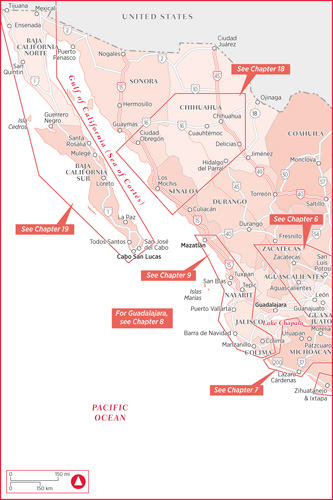
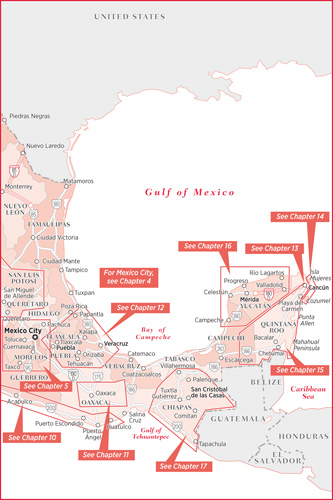
The best Cultural Experiences
Passing Time in the Plazas & Parks: All the world may be a stage, but some stages have richer backdrops than others. Town plazas are the place to sit and watch daily Mexican life unfold before your eyes. Alive with people, these open spaces are no modern product of urban planners, but are rooted in the traditional Mexican view of society. Several plazas are standouts: Veracruzs famous zcalo (chapter 12) features nearly nonstop music and tropical gaiety. One look tells you how important Oaxacas zcalo (chapter 11) is to the local citizenry; the plaza is at once remarkably beautiful, grand, and intimate. Mexico Citys Alameda (chapter 4) has a dark, dramatic historyheretics were burned at the stake here during the colonial periodbut today its a peoples park where lovers sit, cotton-candy vendors spin their treats, and the sound of organ grinders drifts over the changing crowd. San Miguel de Allendes Jardn (chapter 6) is the focal point for meeting, sitting, painting, and sketching. During festivals, it fills with dancers, parades, and elaborate fireworks. Guanajuato and Quertaro (chapter 6) have the coziest plazas, and Mridas El Centro (chapter 16), cant be beat on Sundays.
Msica Popular: Nothing reveals the soul of a people like music, and Mexico has given rise to various styles, which you can hear in many different settings. You can hear brassy mariachi music in the famous Plaza de Garibaldi in Mexico City (chapter 4), under the arches of El Parin in Tlaquepaque, and in other parts of Guadalajara (chapter 8). Or perhaps you want to hear romantic boleros sung to the strumming of a Spanish guitar, or what Mexicans call msica tropical and related cumbias, mambos, and cha-cha-chas (chapter 16).
Regional Folk Dancing: From the Ballet Folklrico in Mexico City to the Ballet Folclrico in Guadalajara (chapters 4 and 8), or the almost-nightly park dances in Mrida (chapter 16), Mexican folk dance events are diverse and colorful expressions of Mexican traditions.


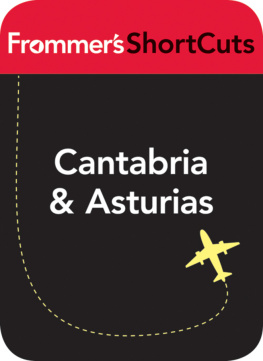

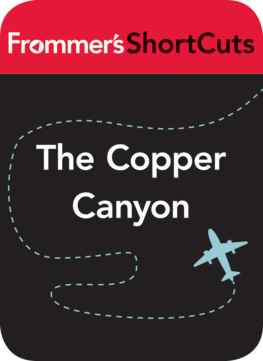
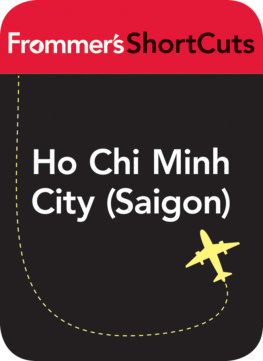
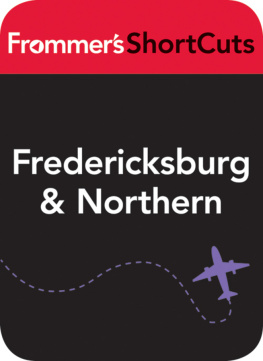

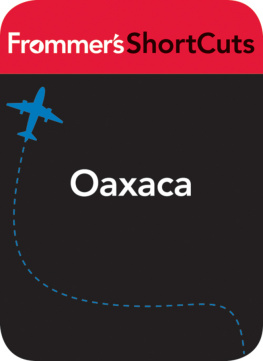


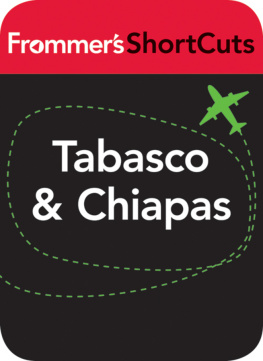


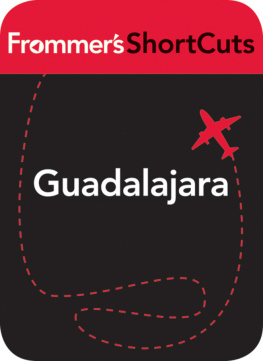
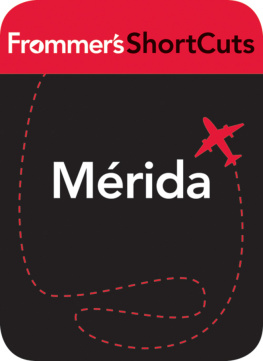

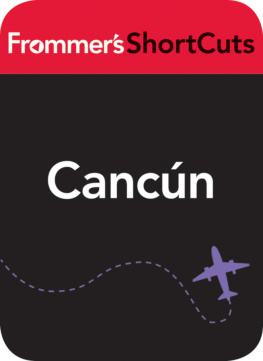
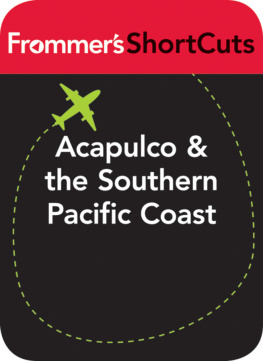

 special finds those places only insiders know about
special finds those places only insiders know about fun facts details that make travelers more informed and their trips more fun
fun facts details that make travelers more informed and their trips more fun kids best bets for kids, and advice for the whole family
kids best bets for kids, and advice for the whole family special moments those experiences that memories are made of
special moments those experiences that memories are made of overrated places or experiences not worth your time or money
overrated places or experiences not worth your time or money insider tips great ways to save time and money
insider tips great ways to save time and money great values where to get the best deals
great values where to get the best deals warning travelers advisories are usually in effect
warning travelers advisories are usually in effect
